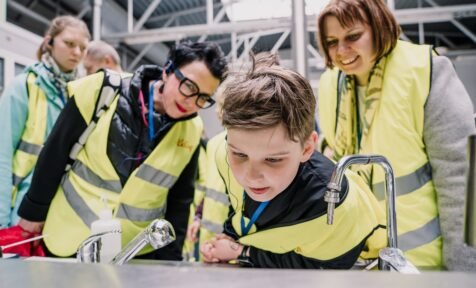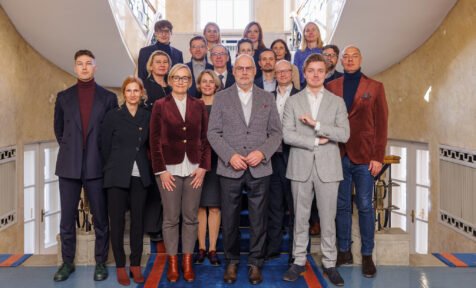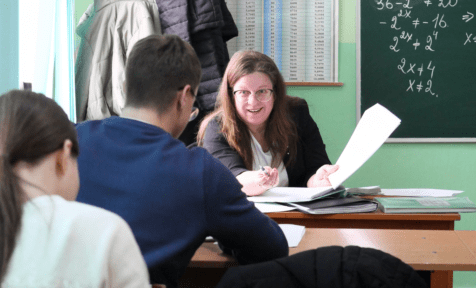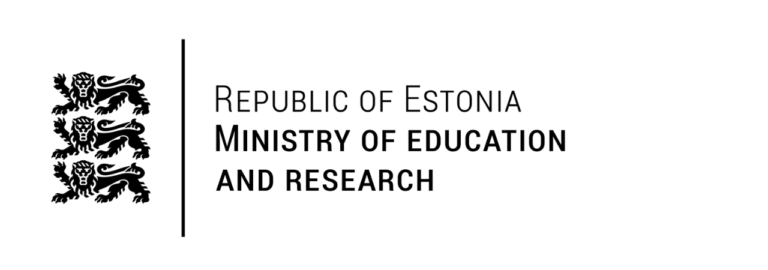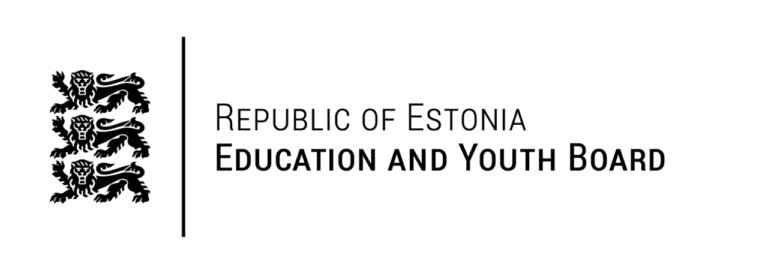Having an inclusive education model – for example, the right to learn in one’s local school – ensures that schools adapt to the child, not the other way around.
The aim of Estonian education is to ensure quality instruction that is inclusive for all. This means that education is accessible, learning is supported, and learning opportunities meet learners’ abilities and needs.
Our strategy is to spot problems as early as possible. Prevention starts early. In Estonia, most children attend kindergarten, although it’s not compulsory. Professionals there can spot issues like speech disorders early, sometimes suggesting therapy or even delayed school start.
Two-level service
Estonia’s educational counselling system includes a two-level service, with the first level operating within kindergartens or schools. By Estonian law, it’s the duty of the local government to make sure every student gets the support they need. This includes everything from general support for all students to intensified and special support for those with specific educational needs.
Support centres in every county
The second level, managed by the state, involves neutral external experts. ‘Pathfinder’ centres in each county provide free counselling services. This offers daily support from professionals such as social educators, special pedagogues, speech therapists, and psychologists, focused on advising those working with children – teachers, parents, and specialists – as well as creating helpful manuals for them.
Collaboration between schools and families is crucial
Teachers play a crucial role in this framework, since much of the work is done within the school. They are granted the autonomy to differentiate their teaching methods: small groups for focused learning, use of simplified materials for certain subjects, and study support classes for additional aid. Moreover, this flexibility enables teachers to offer extra worksheets and challenging tasks to fast-progressing students, ensuring their talents are nurtured. This approach allows all students to learn together, and to attain their full potential and a sense of achievement.
Also, collaboration between schools and families is crucial in this model. Parents and educators have to work together to ensure that the learning environment is suitable for each child.
An inclusive education system ensures that every child receives the support they need, ensuring everyone is equipped for the future. We can’t afford to leave anyone behind. We are too small to fail.
